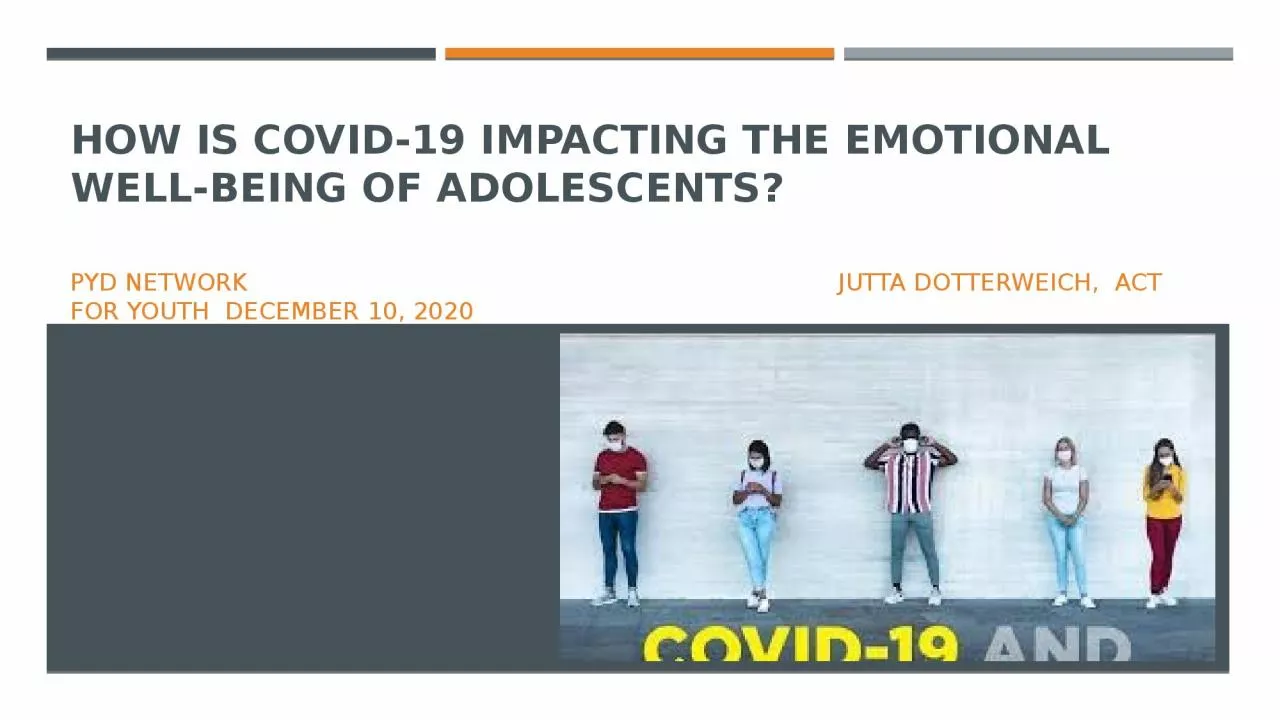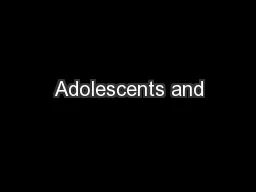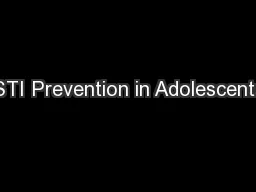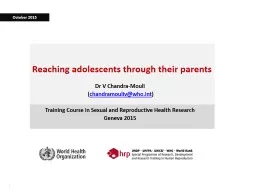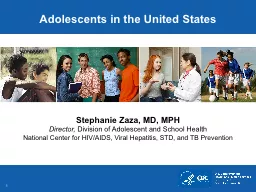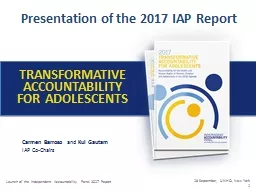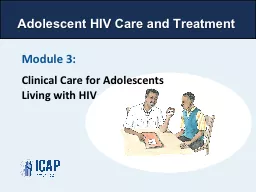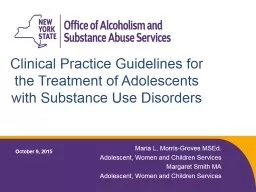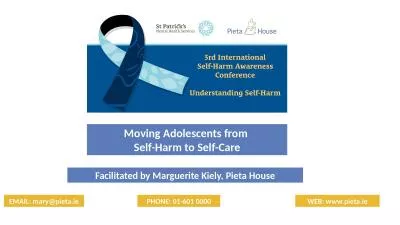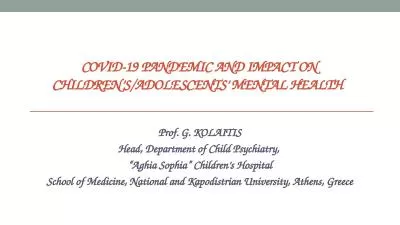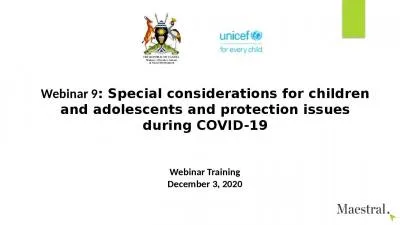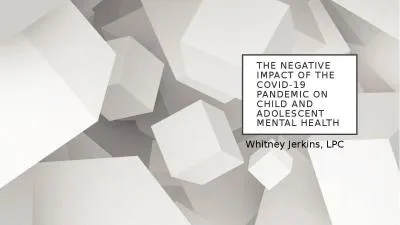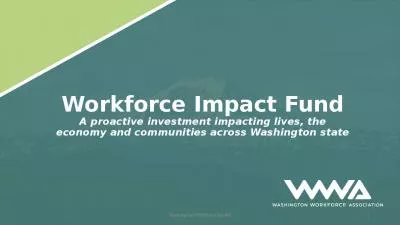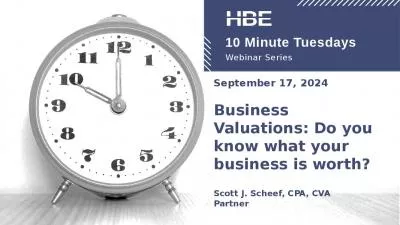PPT-How is COVID-19 Impacting the Emotional Well-being of Adolescents?
Author : elise | Published Date : 2023-05-29
PYD Network Jutta Dotterweich ACT for Youth December 10 2020 Housekeeping Experiencing delays Try closing out the other
Presentation Embed Code
Download Presentation
Download Presentation The PPT/PDF document "How is COVID-19 Impacting the Emotional ..." is the property of its rightful owner. Permission is granted to download and print the materials on this website for personal, non-commercial use only, and to display it on your personal computer provided you do not modify the materials and that you retain all copyright notices contained in the materials. By downloading content from our website, you accept the terms of this agreement.
How is COVID-19 Impacting the Emotional Well-being of Adolescents?: Transcript
Download Rules Of Document
"How is COVID-19 Impacting the Emotional Well-being of Adolescents?"The content belongs to its owner. You may download and print it for personal use, without modification, and keep all copyright notices. By downloading, you agree to these terms.
Related Documents

